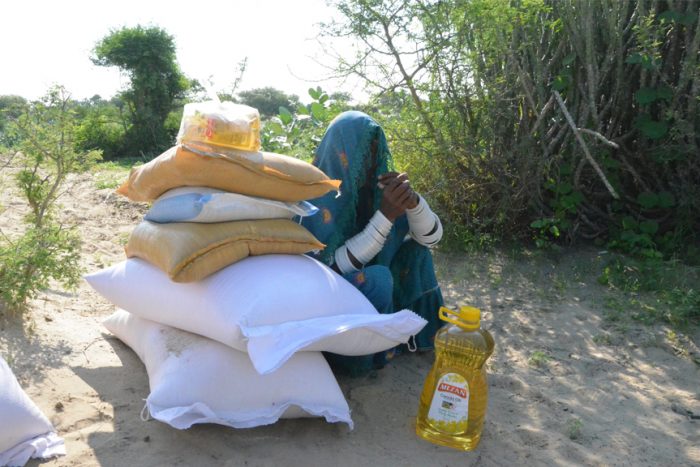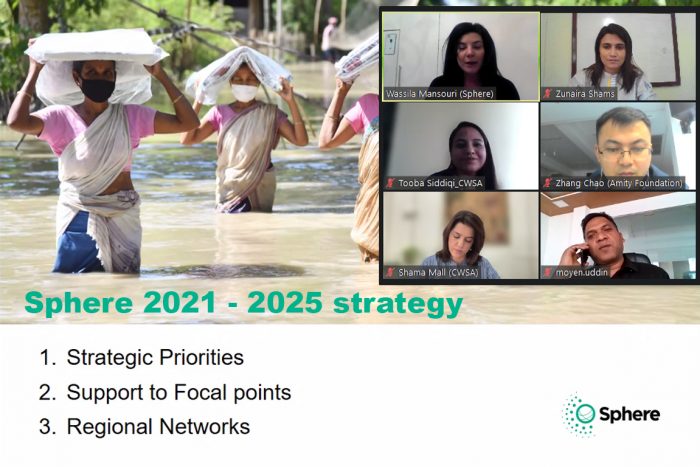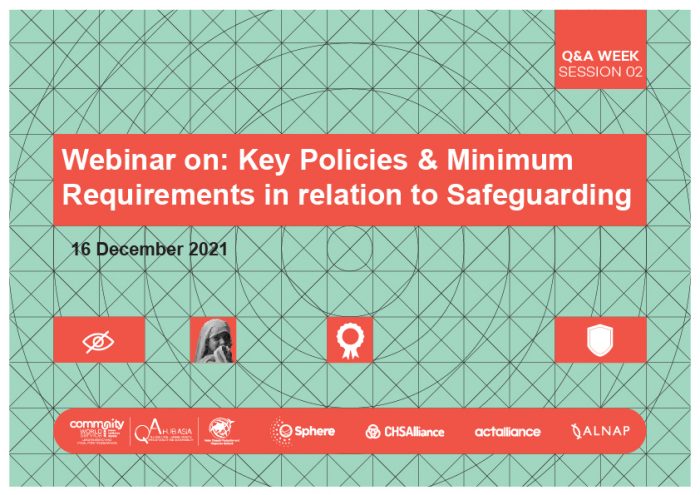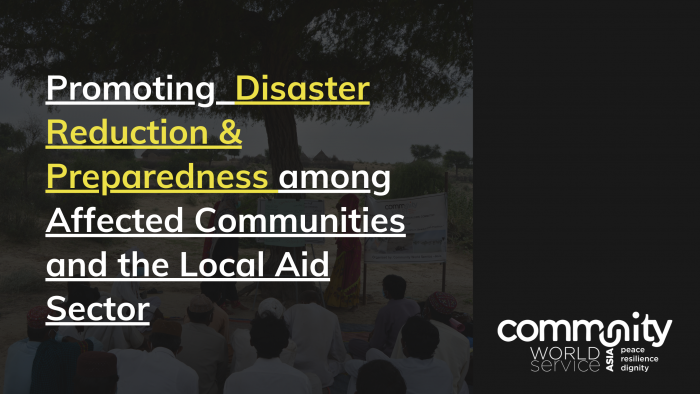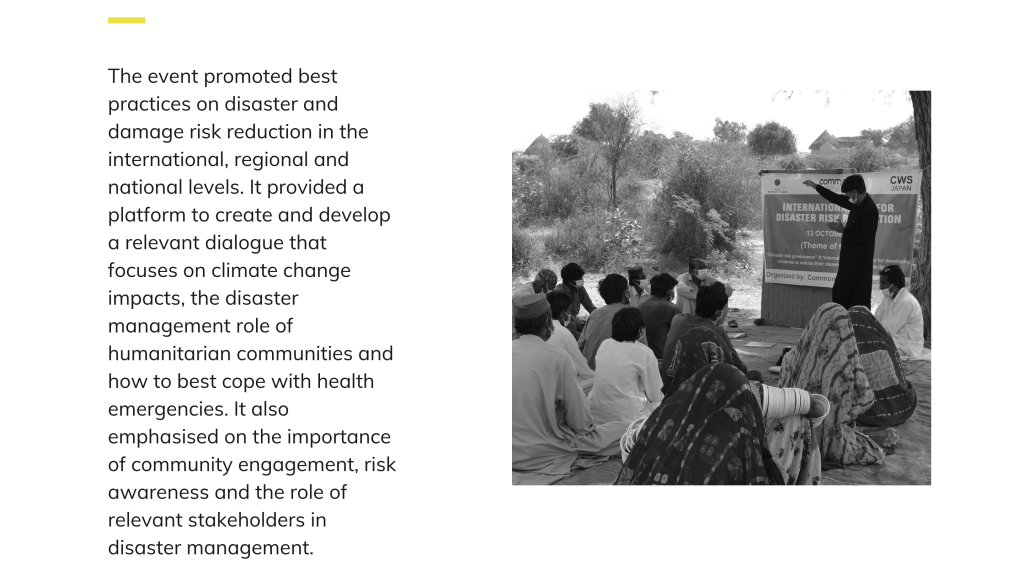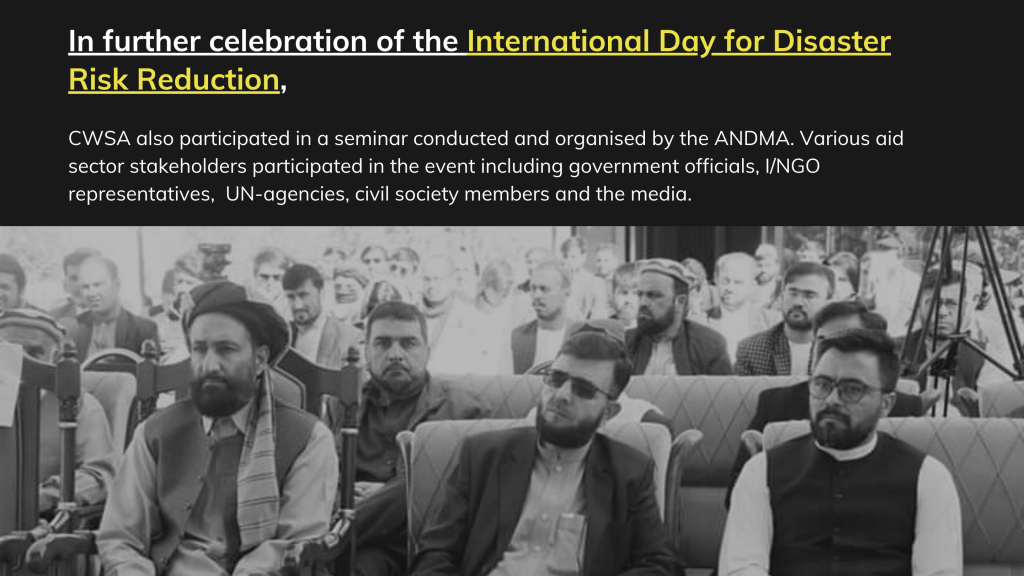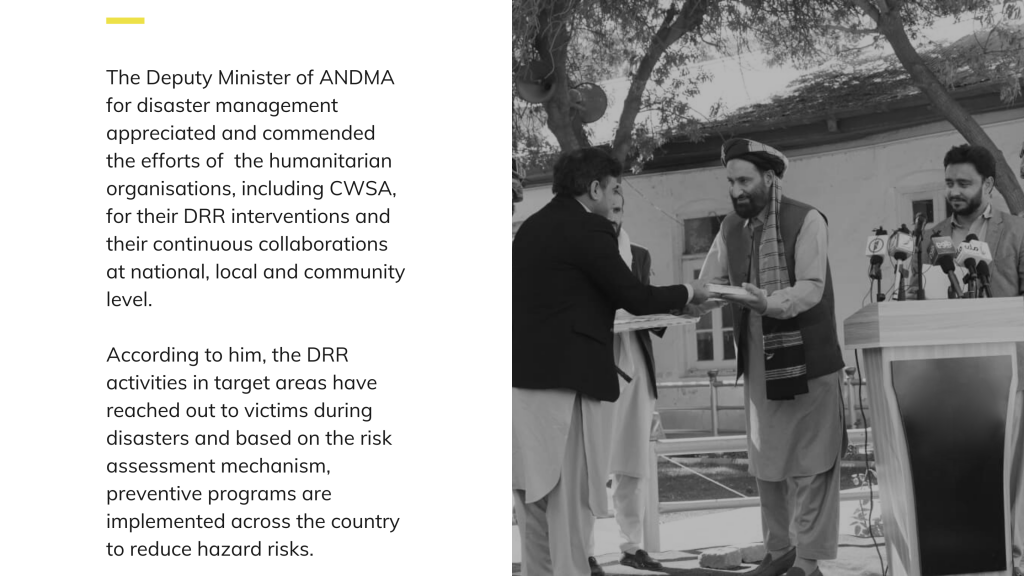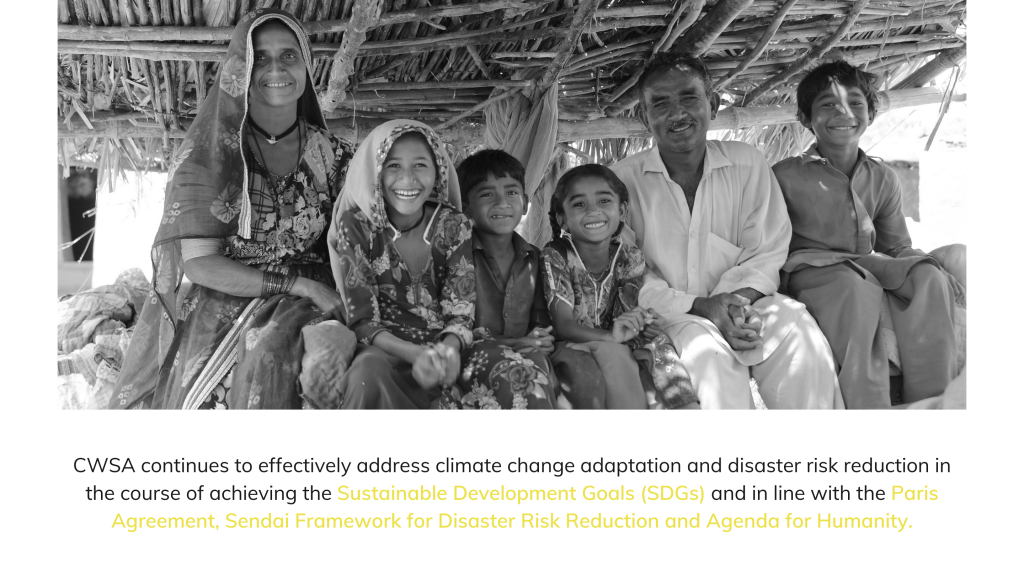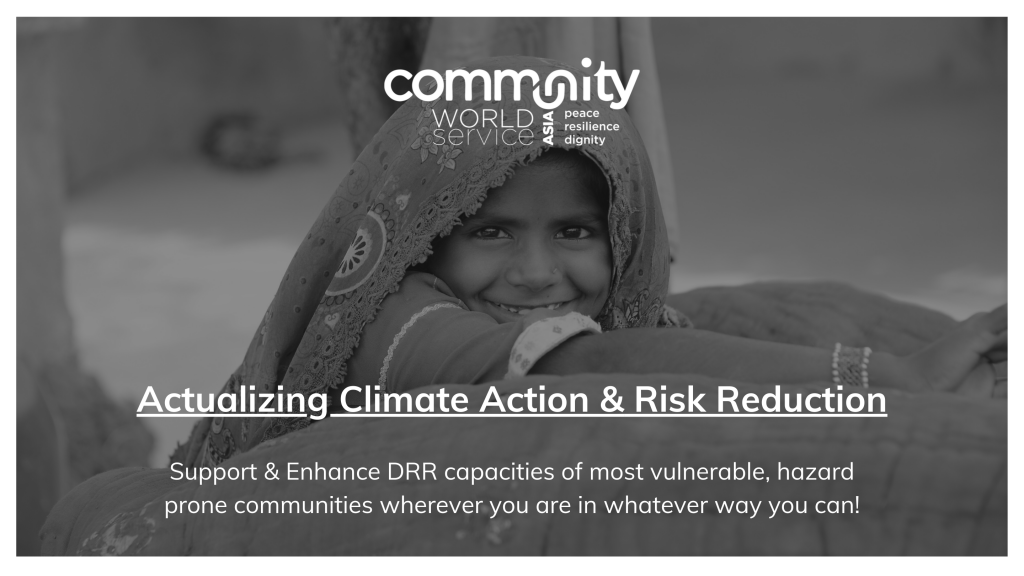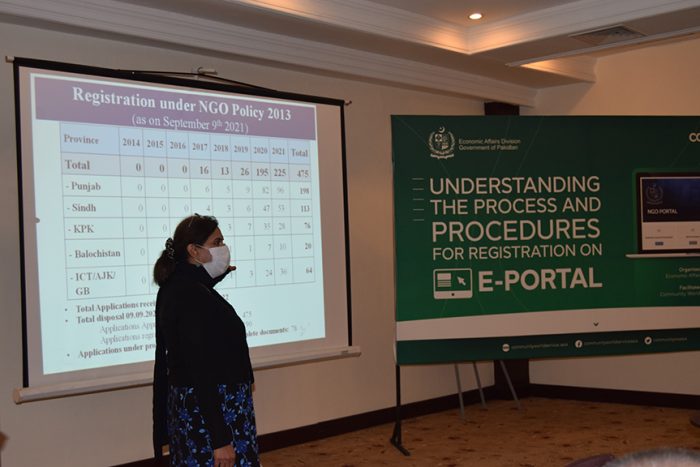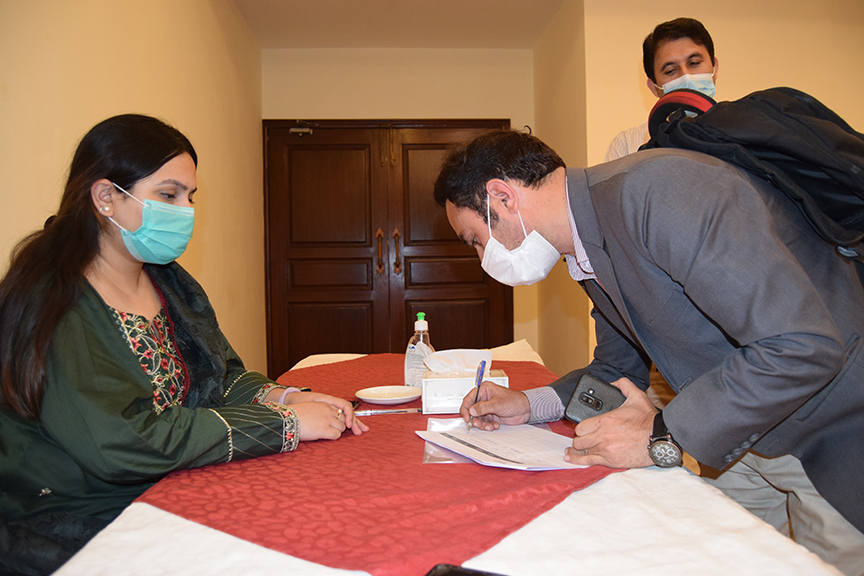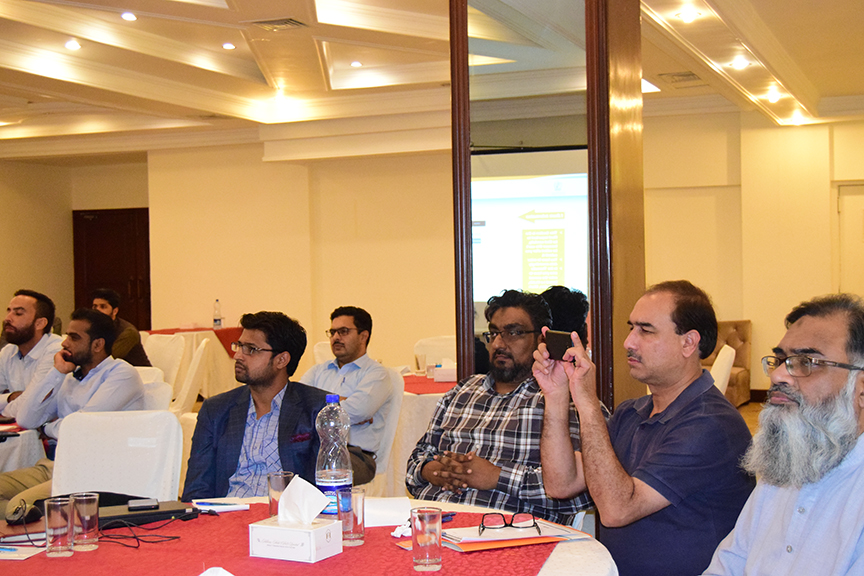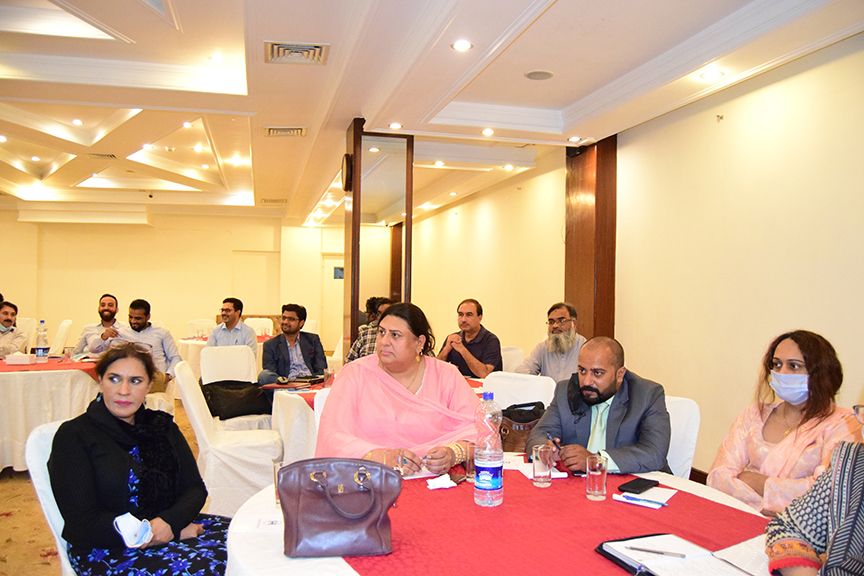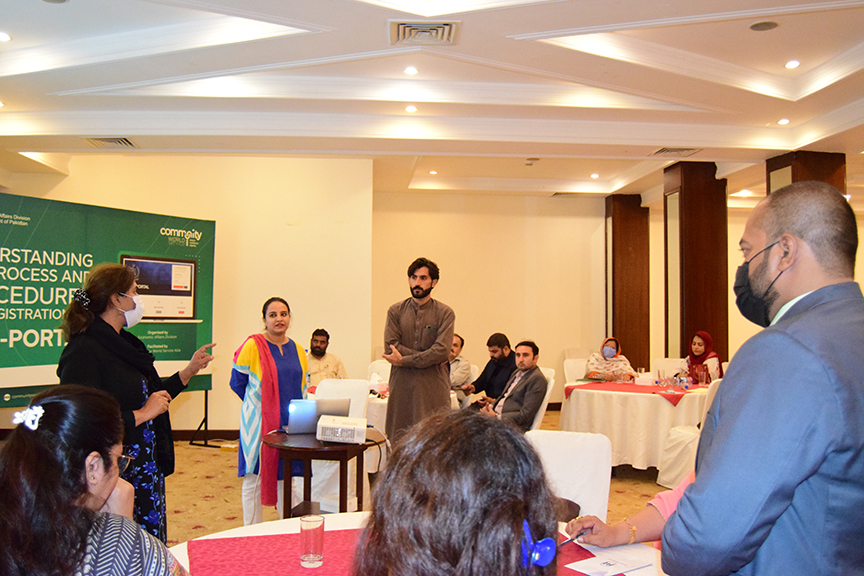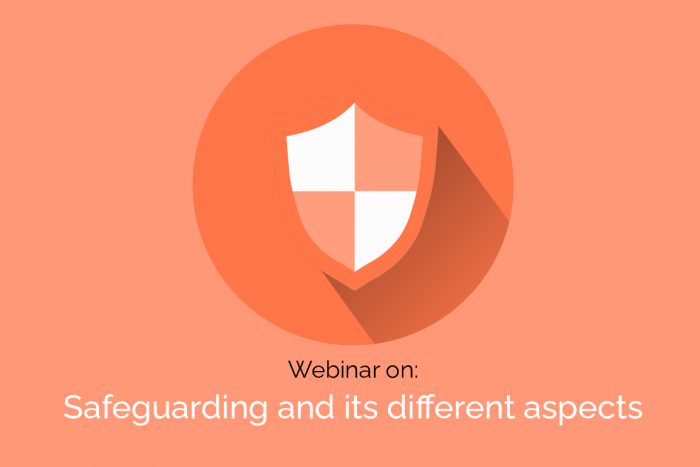When: 17th -19th February, 2022
Where: Murree, Punjab, Pakistan
Application Deadline: 20th January, 2022.
Register: Click here
Covid-19 has challenged the traditional leadership style and forced leaders to adapt their leadership approaches in dealing with the uncertainties brought about by the virus and its effects. NGO leaders have also been faced with dilemmas and ambiguities that they have never been exposed to.
Leading in Complexity and Uncertainty training will be directed at the senior staff of NGOs. It will use the ‘Authentic Leader’ model and provide opportunities to the participants to reflect on their leadership style and its relevance and effectiveness in the context of Covid-19. It will give them knowledge on leadership competencies based on research with contemporary leaders. They will also have opportunities for practicing and sharpening their personal leadership skills and competencies.
Methodology of this training includes self-reflection and analysis, working with buddies, exercises (but considering social distancing). These will be interspersed with lectures by the external trainer and experience sharing by prominent leaders from the development and corporate sectors. Coaching and mentoring support will be provided to 30% of participant organisations to help them apply their learning.
Objectives
At the end of the training, participants will:
- Understand the different leadership styles and competencies.
- Reflect on their leadership style based on their self-assessment and others’ perceptions/feedback.
- Sharpen/strengthen their leadership competencies.
- Develop action plans for peer support and coaching/mentoring.
Methodology
The approach used in this training is the ‘Blended Learning’ approach developed by CWSA’s Capacity Enhancement Project (CEP) in its previous phases. The approach is participatory and needs based in nature. It consists of selection of participants from diverse organisations at different levels, content and methodology designed with and based on the needs of the training participants, use of experienced and knowledgeable trainers, flexible content and methodology during the training, development of action plans and follow up refreshers and coaching and mentoring support.
Number of Participants
18-22 participants will be selected for the training. Female staff and those with disabilities and from ethnic/religious minorities are encouraged to apply. Preference will be given to participants from organisations based in underserved areas.
Selection Criteria
- No previous exposure/participation in leadership training
- Mid or senior level manager in a civil society organisation, preferably field staff of large CSOs or CSOs with main office in small towns and cities
- Participants from women led organisations, those of persons with disabilities, religious/ethnic minorities will be preferred
- Willingness to contribute PKR 20,000 for the training. Discount of 10% will be given on early registration by 15th February 2022 to the participants and 20% discount will be awarded to women participants. Exemptions may be applied for by CSOs with limited funding and those from marginalized groups
- Commitment to apply learning in their work, including dissemination of learning within their organisation.
Participants will need to arrive at the venue on 16th February 2022.
Training Facilitator
Arif Jabbar Khan, Country Head, Water Aid.

Mr. Arif is the Country head of Water Aid Pakistan. Mr. Khan holds an M.Phil. degree in Public Policy from the National Defense University Islamabad and was awarded with the President’s Gold Medal. He also holds a Master’s Degree in Engineering (Water Resource Development) from the Asian Institute of Technology, Bangkok. Mr. Arif is an Eisenhower Fellow wherein he studied the “Americans with Disabilities Act” during his Fellowship. Mr. Arif is a leadership Coach and is currently coaching a number of staff members in public and private institutions. He was the Chief of Party of USAID Ambassador’s Fund Grant Programme and has served Oxfam International as the Global Head of Humanitarian Campaigns, Regional Humanitarian Coordinator for Southern Africa and East Asia, Country Director in Pakistan and South Africa, in addition to holding other portfolios. He also served as the Country Director, Pakistan with Voluntary Service Overseas –VSO, Regional Grants Manager, Asia with Child fund International, Director Programme Operations, Sri Lanka with Save the Children and Director Operations, Market Development Facility with The Palladium Group.



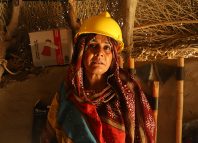




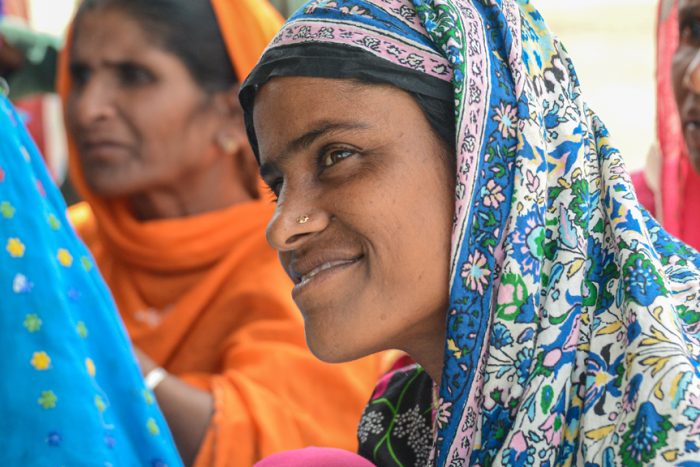





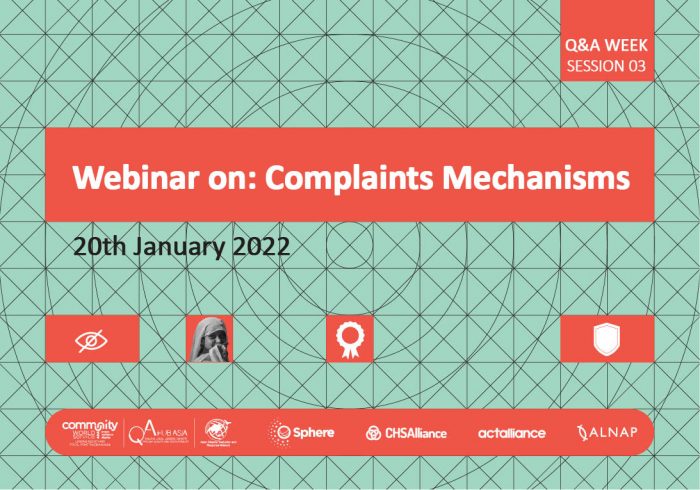
 Ms. Dross is an indépendant consultant with over 25 years of expérience, specializing in accountability, prevention of sexual exploitation and abuse, gender and child protection.
Ms. Dross is an indépendant consultant with over 25 years of expérience, specializing in accountability, prevention of sexual exploitation and abuse, gender and child protection.